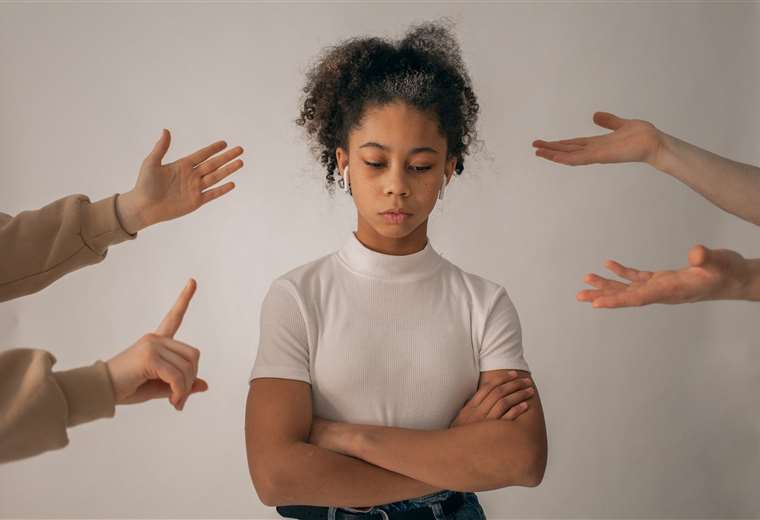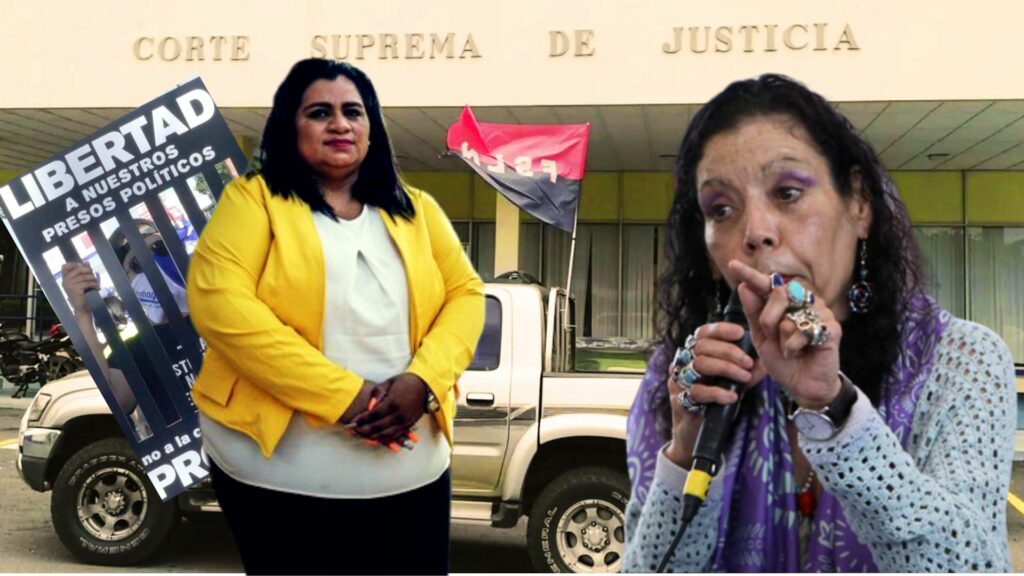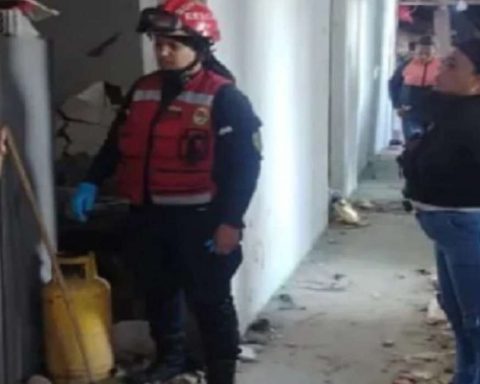May 10, 2023, 11:15 AM
May 10, 2023, 11:15 AM
Bullying or school harassment refers to a type of violent or intimidating behavior that is exerted physically, psychologically or verbally among adolescents at school. Educators, parents and psychologists view the increase in cases with concern. Especially because of the consequences it leaves on the victims.
“It is public violence. The aggressor seeks to exercise power over the weaker. For example, what is seen in schools, generally the aggressors go against the most vulnerable, the most withdrawn, the smallest, sometimes against those who do not have group references, the loners”, explains the psychologist and professor at the Franz Tamayo University, Unifranz, Tatiana Flores.
Last April, La Paz experienced a dramatic case that was harshly questioned on the networks. Two disabled students were beaten by two other schoolchildren. One of the victims was left with broken ribs and the other with injuries to the face and body. The police opened an investigation for bullying.
In an act of violence, they appear three components, explains the psychologist. He aggressor uses violence, victim or the attacked and the environment who maintains a posture of observance. Although they do not actively participate, they know what is happening.
In the aforementioned event, there were third parties who filmed the event and uploaded it to social networks. “When fights or fights are seen between groups of children or young people, there are people who see the violence, film it and even share it on social networks,” says the specialist.
The essential characteristic of bullying starts from the exercise of power and dominance by one or more students. “Sometimes, the aggressors take advantage of their conditionthat they have more economic resources, sometimes there is violence learned at home, children who have naturalized violence, who have no limits at home”, he comments.
Violence and the exercise of power are also learned, according to the expert. “The aggressors come from troubled families, where violence is also exercised, where there are no limits, where there are no values, in relation to respect and empathy with other people. And those children are developing the need to show that power”.
There are different types of bullying: physical, psychological and social. A new form of harassment is added, such as cyberbullying, from digital networks.
In November last year, on the occasion of World Children’s Day, the United Nations Children’s Fund (Unicef) revealed that four out of 10 students suffered bullying in the country.
The reaction of the victims is mixed. “14% of girls, boys and adolescents say nothing. They suffer in silence and are at risk of depression, suicide and self harm. 40% of harassment occurs in places where there are no teachers, such as corridors and bathrooms,” reported the head of Education at Unicef Bolivia, Lina Beltrán.
For psychologist Flores, “unfortunately violence has been institutionalized at all levels: in society, school, even in the family. Violence is daily bread”.
Movies, video games and all the information that is available to children and young people exposes them to violence, since they show it as something naturalas facts that have no consequences.
It warns that “parents are not fulfilling the role of seeing what children and young people consume”, nor are the authorities or institutions, there are no preventive actions to avoid these events, nor are they sanctioned, as established by the Girl, Boy Code , Adolescents for these cases. “It’s a complex social problem,” he laments.
All this situation brings with it consequences that children must face. Many times they don’t know how. “Kids who suffer violence don’t want to go to school or university. Emotionally they feel very vulnerable.”
“Young people are silent about this situation and they go into a state of anxiety. In the world it is seen that many young people and even children have made the extreme decision to eliminate themselves, because they could no longer cope with this situation ”, she warns.
The expert advises that those who are victims of bullying must first accept that they are going through this situation and then find someone who can support them. She even encourages filing complaints when appropriate.
The parents play a fundamental role, since they are called to identify alerts to this situation. Children show signs that they are victims of this abuse, such as when children become more withdrawn, when they express fear of going to school with any excuse, or when they say that they do not feel well where they are.
“The whole of society must take action on the matter in order to raise awareness among young people against bullying, and encourage respect among peers,” warns the psychologist.

















